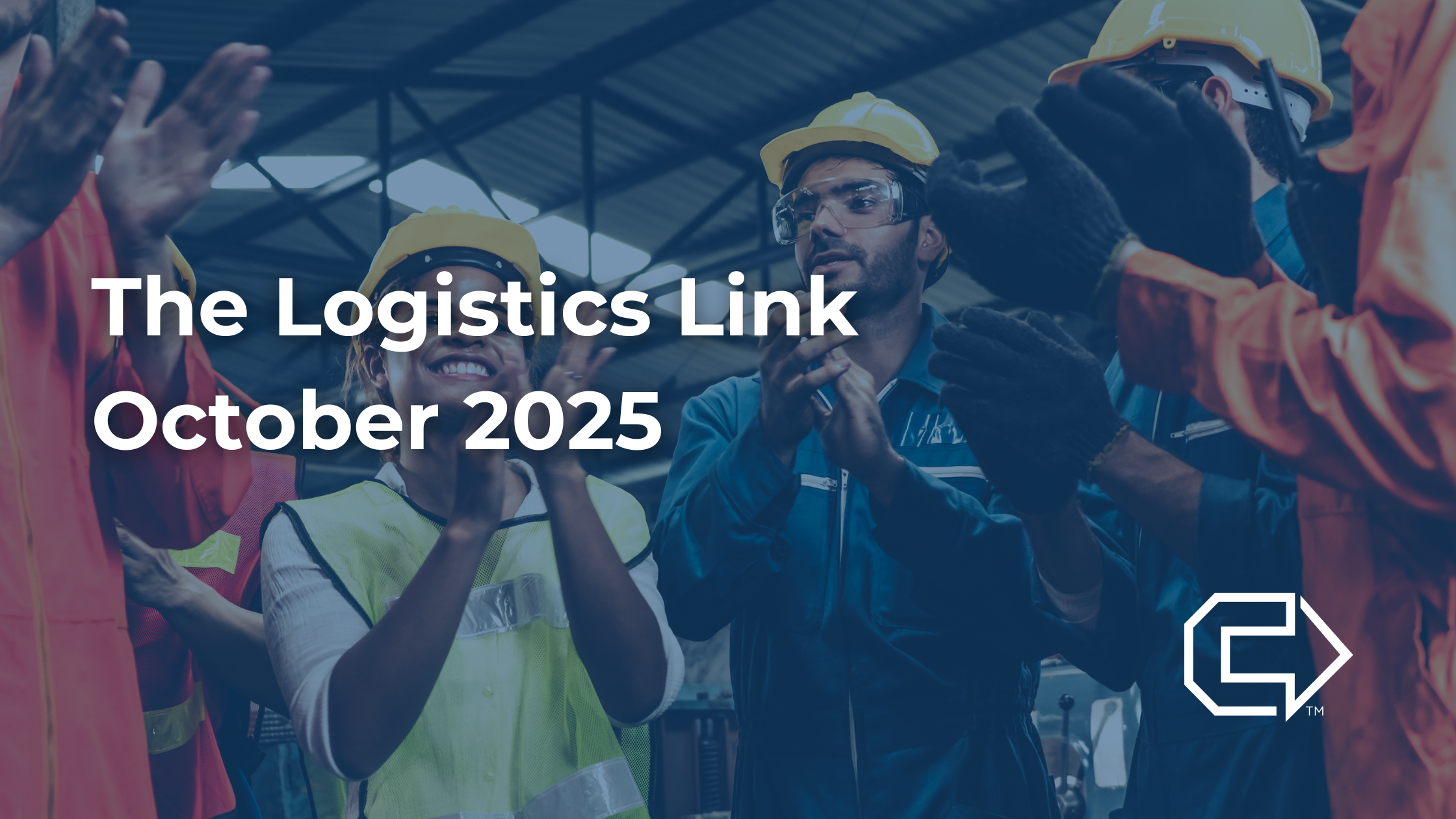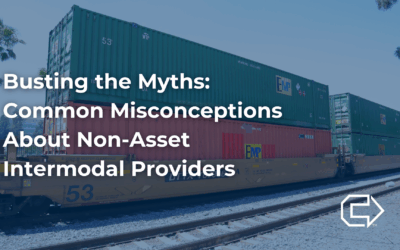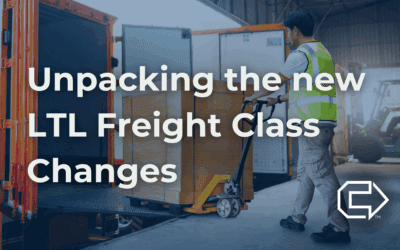Busting the Myths: Common Misconceptions About Non-Asset Intermodal Providers
Shippers are constantly seeking balance between cost, service, and flexibility. Intermodal transportation is often the answer, but one common hurdle is the misconception shippers have about working with non-asset intermodal providers.
It’s time to separate fact from fiction. Here are some of the most common myths and the reality behind them.
- Myth 1: Asset providers are always cheaper.
- Myth 2: Non-asset providers don’t control service.
- Myth 3: Visibility is better with asset providers.
- Myth 4: Non-asset providers are just middlemen.
- Myth 5: Asset ownership equals reliability.
Learn more about the top misconceptions about Non-Asset Intermodal Providers.
Truckload Hauls Are Getting Shorter: What That Means
Over the past year, the average haul distance for full-truckload loads has dropped by nearly 8 percent. Some market intelligence puts the current average around 533 miles, which is roughly 70 miles lower than last year.
Shorter hauls are reshaping how fleets and shippers think about routing, network design, and turn times. With fewer long-distance lanes, carriers may increasingly rely on regional dense networks, drop-trailer strategies, or cross-dock hubs to maximize utilization. On the flip side, margins on short runs tend to be thinner, and empty miles risk rising if load matching isn’t tight.
For shippers, this shift could influence decisions like where to locate distribution or inventory nodes. It’s a reminder: even small changes in average route lengths can ripple across cost structures, asset planning, and service models.
DOT Cracks Down on Cargo Theft: What’s Coming
The U.S. Department of Transportation has issued a formal Request for Information (RFI) seeking input from carriers, shippers, law enforcement, and others on cargo theft strategies. Cargo theft has been estimated to cost supply chains as much as $35 billion annually.
The RFI highlights two primary categories: opportunistic thefts (e.g. trailers broken into at rest areas) and more organized, sophisticated schemes like fraudulent carrier identity, staged diversions, and insider collusion. One challenge the DOT flagged: fragmented reporting and lack of visibility across carriers and modes.
What’s next: Stakeholder comments are due by October 20 (per the RFI).
The DOT may use the feedback to shape future guidance, regulatory proposals, or coordinated enforcement strategies.
Carriers and shippers should begin reviewing gaps: read rates, trailer security standards, chain-of-custody protocols, and internal audit practices may be on DOT’s radar.
More FTL Carriers Eyeing LTL Volume
In recent years, full-truckload carriers are capturing more load share from LTL, especially for dimensional, less-than-truckload freight. While many of the published articles mention specific carriers, the underlying trend is broader: FTL operators are pushing into more granular, smaller-volume lanes.
That shift is enabled by improved parcelization, hub-spoke blending, drop-trailer logistics, and more sophisticated network planning. But it’s not without risk: handling smaller loads means tighter margins, more touchpoints, and increased complexity in scheduling and routing.
From the shipper’s lens, this convergence may offer more options (FTL pricing in LTL lanes) — but also necessitates more scrutiny of cost per piece, damage risk, and pickup consistency.
Canada & Mexico Lay Groundwork Ahead of USMCA Review
Canada and Mexico recently announced coordinated plans leading into the 2026 review of the US-Mexico-Canada Agreement (USMCA). The aim: streamline cross-border trade, address bilateral issues, and possibly negotiate adjustments to provisions.
One point of attention: Mexico expects the formal USMCA review to begin by Q4 2025. Canada, meanwhile, has pushed for more time to address bilateral matters before engaging broader trilateral talks.
For freight movement, changes or clarifications around rules of origin, labor standards, customs enforcement, or border infrastructure could affect lead times, duty allocations, and cross-border service models.
Major Rail Union Backs Union Pacific / Norfolk Southern Deal
One of the largest U.S. rail unions has announced its support for the proposed Union Pacific / Norfolk Southern merger. If approved, the combination would establish the nation’s first coast-to-coast rail operator. Union representatives note that the merger could streamline interchanges, enhance overall network efficiency, and optimize infrastructure use.
The proposal will undergo careful review by the Surface Transportation Board and other regulators, who will evaluate its implications for rates, capacity, and service across different regions.
For supply chains that rely on rail, this is a development worth following, as the outcome could shape future network flows, pricing dynamics, and the balance between rail and truck transportation.






